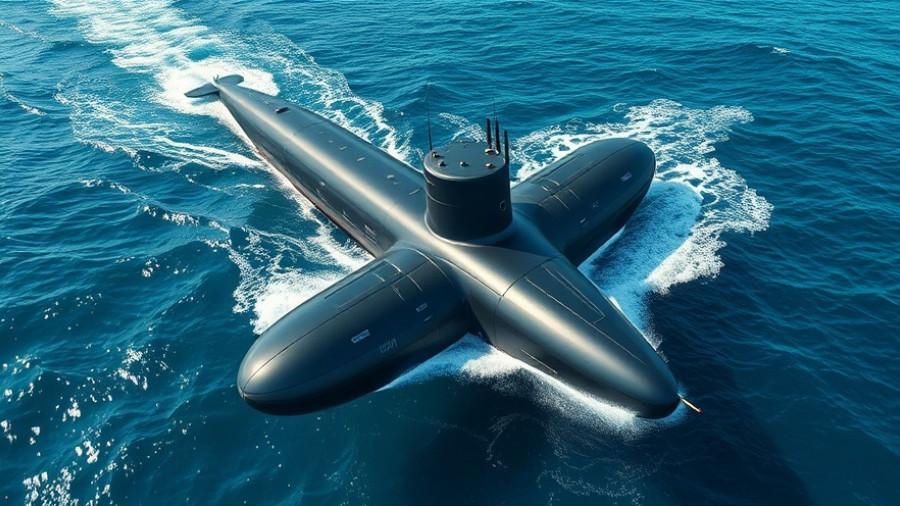
HD Hyundai Announces Strategic Merger
In a significant development in the shipbuilding industry, HD Hyundai Heavy Industries and HD Hyundai Mipo have announced plans to merge. This merger represents a strategic move aimed at consolidating the strengths of both companies to enhance their operational efficiency and market competitiveness. Merger talks have been in place for several months, and stakeholders are keen on how this will reshape the landscape of the maritime industry.
Understanding the Implications of the Merger
Merger announcements can often herald a wave of change, typically focused on improving resource allocation and innovation within the industry. As these two prominent entities combine forces, analysts expect a potential increase in production capabilities, improved technological integration, and enhanced international competitiveness. The merger could also enable HD Hyundai to take on larger and more complex shipbuilding projects, thereby establishing a stronger foothold in a rapidly evolving global market.
Historical Context of Shipbuilding in South Korea
Shipbuilding has long been a cornerstone of South Korea's economy, with major players like Hyundai leading the charge in innovation and production. Historically, this sector has faced various challenges, including fierce global competition and fluctuating demand. Consequently, strategic mergers and partnerships have become common strategies to stay ahead. This latest merger is poised to build upon South Korea's reputation for craftsmanship and cutting-edge technology.
Counterarguments and Diverse Perspectives
While many see the merger as a positive step for HD Hyundai, there are voices of caution. Some industry experts note that consolidation can lead to reduced competition, potentially resulting in less innovation and higher prices for consumers. Others worry about job security for employees within both firms, as mergers often lead to workforce reductions. There is a delicate balance to maintain as the companies move through this transition.
Future Predictions: What Lies Ahead?
Looking ahead, industry experts predict that this merger may not just benefit HD Hyundai but could also signal a trend towards further consolidation within the shipbuilding industry. As the market continues to evolve, driven by technological advancements and environmental considerations, companies willing to adapt through partnerships or mergers may lead the way. This could allow for greater investment in sustainable practices and innovation, positioning the combined entity at the forefront of the shipbuilding sector.
Why This Matters to You
For those invested in the shipbuilding industry or related tech sectors, this merger is essential. It signals potential investment opportunities, shifts in job markets, and an evolution of shipbuilding capabilities. Understanding these dynamics can help employees, investors, and consumers make informed decisions moving forward.
The announcement of this merger comes at a pivotal time when industries across the globe are reorganizing themselves to tackle new challenges. Keeping an eye on HD Hyundai and its developments could unveil emerging trends and opportunities that impact not only the shipbuilding industry but also the broader maritime landscape.
As HD Hyundai Heavy Industries and HD Hyundai Mipo embark on this new journey together, stakeholders will be watching closely. Will this merger set a precedent for future collaborations in the industry? Stay tuned for more updates as this story unfolds!
 Add Row
Add Row  Add
Add 




Write A Comment